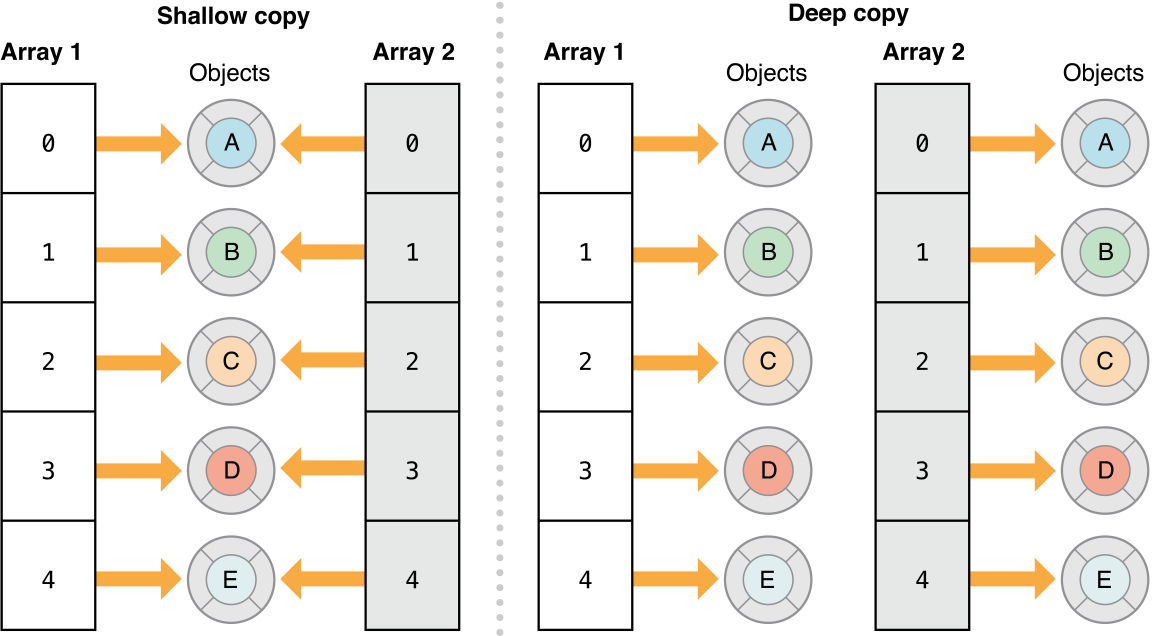atomic
-Atomic means only one thread access the variable.Atomic is thread safe,but it is slow in performance.atomic is default behavior.Atomic accessors in a non garbage collected environment (i.e. when using retain/release/autorelease) will use a lock to
ensure that another thread doesn't interfere with the correct setting/getting of the value. atomic it is not actually a keyword.
Ex:
@property (retain) NSString *name;
nonatomic
-Nonatomic means multiple thread access the variable. Nonatomic is thread unsafe,but it is fast in performance.Nonatomic is NOT default behavior,we need to add nonatomic keyword in property attribute.It may result in unexpected behavior, when two different threads access the same variable at the same time.
Ex:
@property (nonatomic,retain) NSString *name;
Explain:
Suppose there is an atomic string property called "name", and if you
call [self setName:@"A"] from thread A,
call [self setName:@"B"] from thread B, and call [self name] from thread
C, then all operation on different thread will be performed serially
which means if one thread is executing setter or getter, then other
threads will wait. This makes property "name" read/write safe but if
another thread D calls [name release] simultaneously then this operation
might produce a crash because there is no setter/getter call involved
here. Which means an object is read/write safe (ATOMIC) but not thread
safe as another threads can simultaneously send any type of messages to
the object. Developer should ensure thread safety for such objects.
If the property "name" was nonatomic, then all threads in above
example - A,B, C and D will execute simultaneously producing any
unpredictable result. In case of atomic, Either one of A, B or C will
execute first but D can still execute in parallel.


